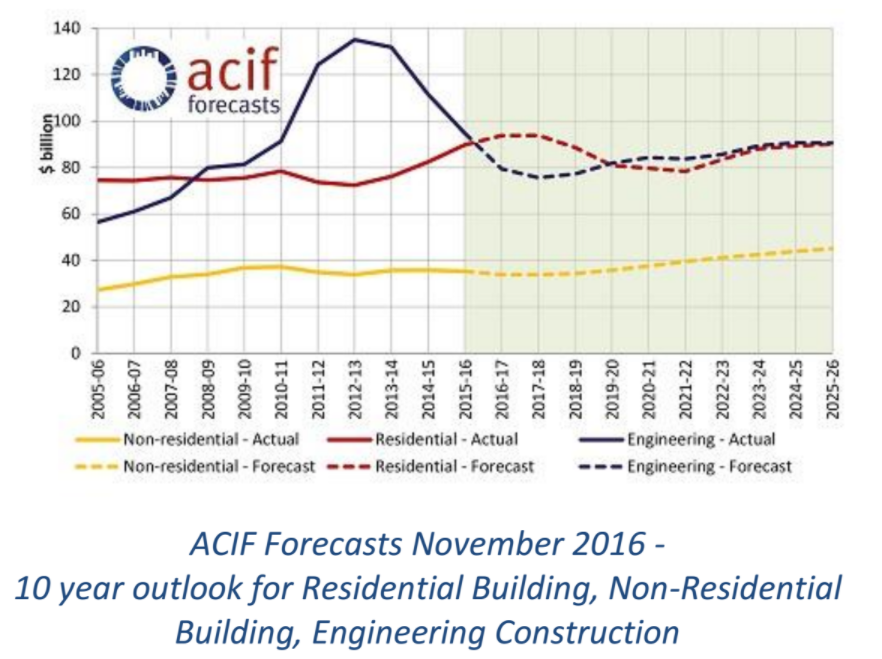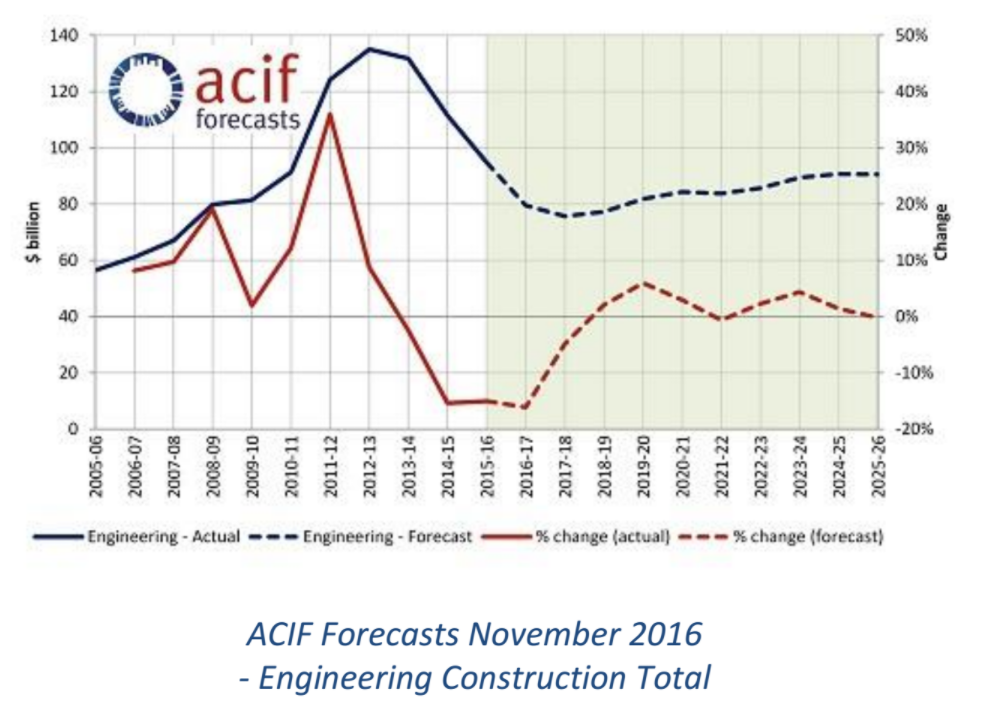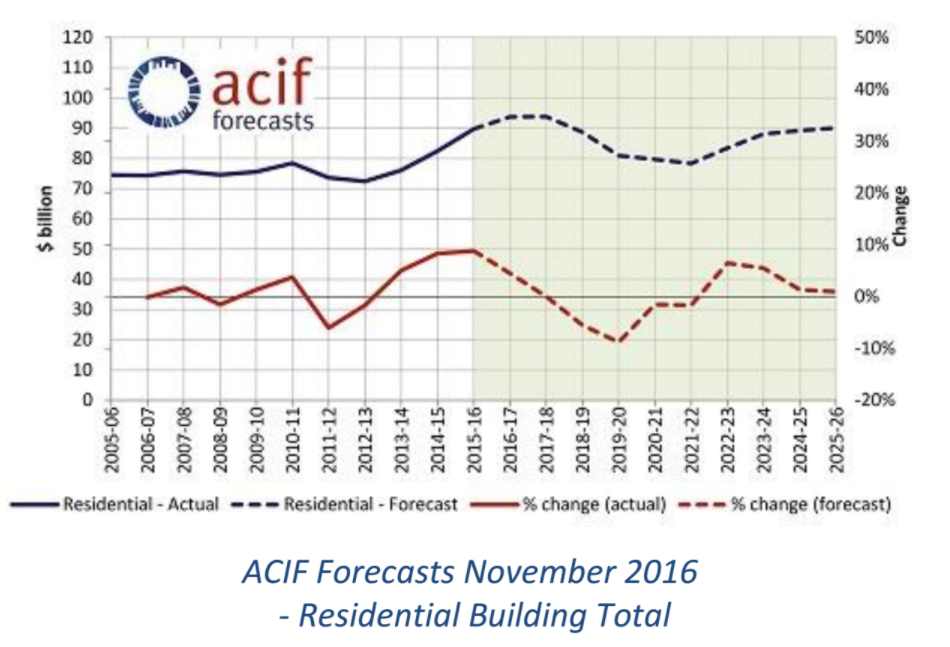Interested in a Corporate TUD+ Membership? Access premium content, site tours, event discounts and networking opportunities
Interested in a Corporate Membership? Access exclusive member benefits today
Resources
Newsletter
Stay up to date and with the latest news, projects, deals and features.
Subscribe













